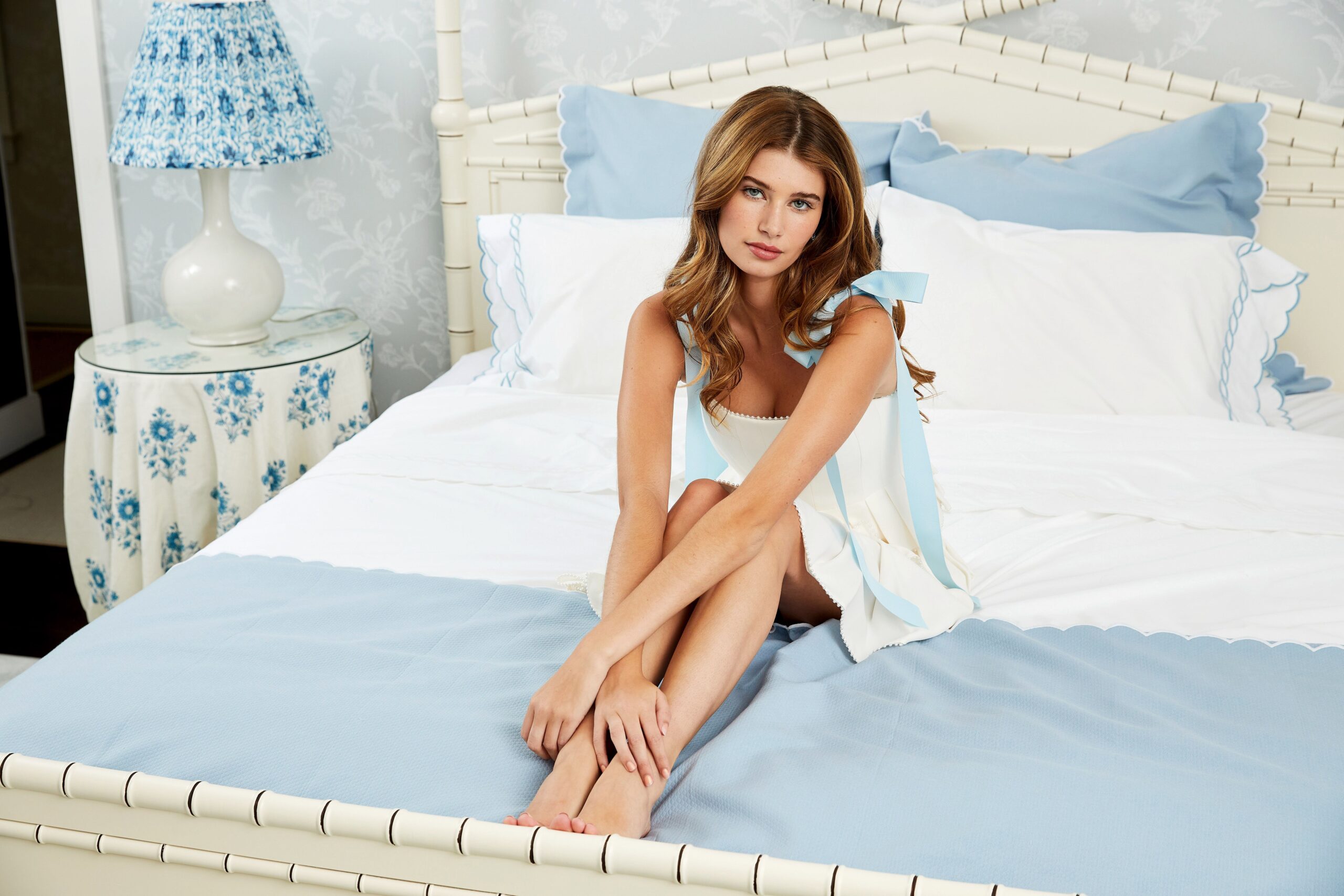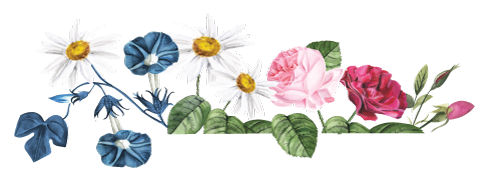
A good night’s sleep is one of the best investments money can buy, and the right bedding can make your personal boudoir feel like a five-star hotel with no checkout date in sight. But in order to create a bed worthy of an interiors magazine editorial, it’s crucial to know the nuances between a fitted and flat sheet—and beyond. In fact, the well-made bedscape is far more distinctive than the simple three-sheet sets of your freshman college dorm. To celebrate Matouk’s launch on Over The Moon, we have consulted the premier luxury linen brand for a guide to bedding basics and put together this primer.
1. The Fitted Sheet
It all starts here! For those who aren’t familiar, a fitted sheet gently hugs the bed from all four corners and serves as the first layer of bedding, often put on top of a mattress pad. The rest of your sheets, covers, and pillows will layer upon this foundation. (The art of actually folding the fitted sheet requires a master class all its own—stay tuned for more on this front in a future post.)
2. The Flat Sheet
The flat sheet is just like it sounds—it lays flat atop the fitted sheet. This sheet can hang off the sides of the bed, or for a more structured look tuck these sheets in at the sides of the mattress. During warmer months, some choose to remove their flat sheet and live a little more minimally, using just a duvet instead.
3. The Comforter
The comforter is the soft, cloudlike layer that makes a bed extra cozy. The comforter itself should be chosen based on one’s personal preferences, for weight (summer, winter, all season) or type of down (goose, duck, or down alternative). The Matouk Down collection of comforters and pillows is sourced exclusively from the best European farms and DOWNPASS certified for sustainability, while also providing ample down-free options should this be something you’re looking for.
4. The Duvet Cover
The comforter (also called a duvet) is technically an insert—and the duvet cover both protects and decorates it. Depending on the season and personal preference, this can top a blanket or be folded at the foot of the bed. It’s up to you! That said, there is one cardinal rule of bed-making that should always be followed. Tucking the edges of the comforter and duvet cover into the sides of a bed should be avoided at all costs. Let the comforter and its cover drape off the edges instead.
5. The Blanket
During the winter, a blanket—whether it be made of cotton, wool, cashmere, or a blend—can sit atop the flat sheet as another layer. Allow the blanket to hang over the edges of the bed. (This extra layer might also come in handy if your partner has a habit of stealing the covers.)
6. The Quilt
The quilt is a heavier layer, particularly due to its two layers of fabric stitched up with inner batting in the middle. Matouk quilts are constructed from the same fabric as the fitted and top sheets, making them soft enough to sleep directly under. Not quite as thick as a duvet but denser, the quilt can add additional weight during winter months. Depending on personal preference, the quilt can be layered on top of the flat sheet or blanket or even placed underneath a duvet.
7. The Coverlet
This bed covering drapes a few inches below the box spring without grazing the ground. The coverlet can go atop the flat sheet or blanket. It is lighter than a quilt and comforter yet still features a textured feel with woven fabric. Soft coverlets, like Matouk’s Diamond Pique or India Pique coverlets, bring yet another touch of warmth and versatility to the bed.
8. Throws
These smaller blankets are normally draped or folded at the foot of the bed as decoration or for added warmth. They are also the perfect piece to add a little softness to the sofa or a favorite reading chair. Having one on hand to curl up in is practically a requirement when it comes to binge-watching.
9. The Standard Sham
The sham is placed either before or behind the standard pillowcases to create depth in front of the headboard. Keep a set of pillow shams on your bed during the day to further style your bed or prop yourself up while sitting in bed. To further complete the look, match your sham pattern to that of your duvet cover. Or, contrastingly, use your sham patterns as an accent.
10. The Standard Pillowcase
This cover goes over a typical standard-sized pillow. Choosing a soft material that feels just right is critical as this is where you’ll lay your head every night.
11. The Boudoir Sham
Much like a standard sham, the boudoir sham is a decorative addition to the bedscape. This cover goes over a small rectangular boudoir pillow that typically measures 12″ x 16″—and lets anyone you bring into your bedroom know that you take your bedding seriously.
12. The Neckroll Sham
This decorative cylindrical cover slides over the neckroll pillow and is a lovely little accessory for the bed. A neckroll typically provides support to the neck, but it can also prop up a laptop while working from home or help secure victory in a pillow fight. It’s the pièce de résistance that’s both utilitarian and chic, and at the end of the day, ties it all together.












